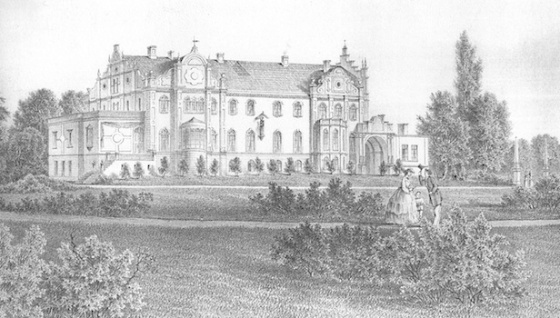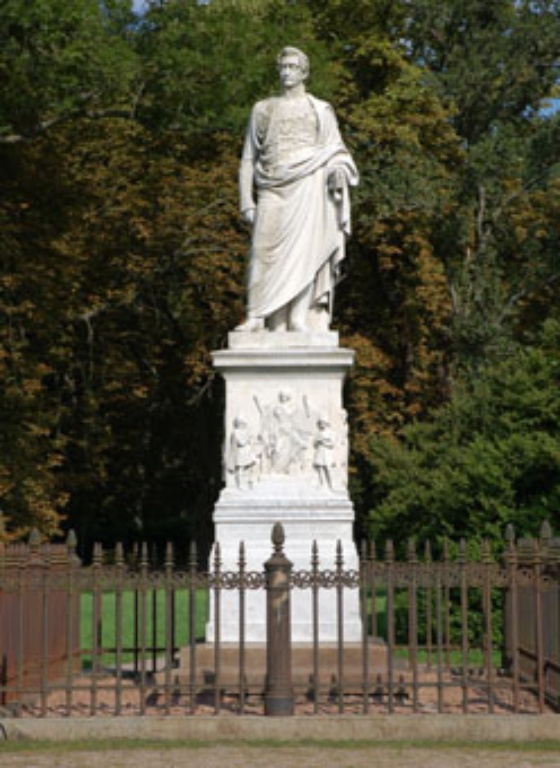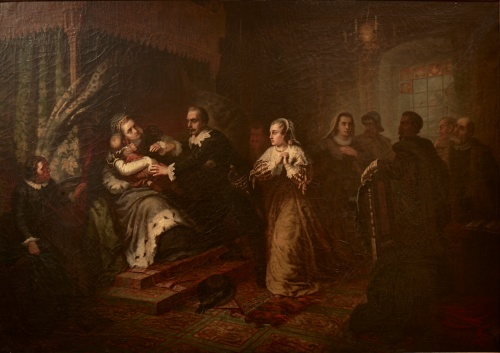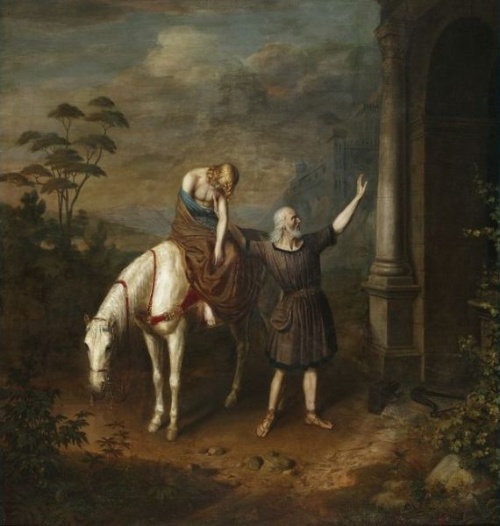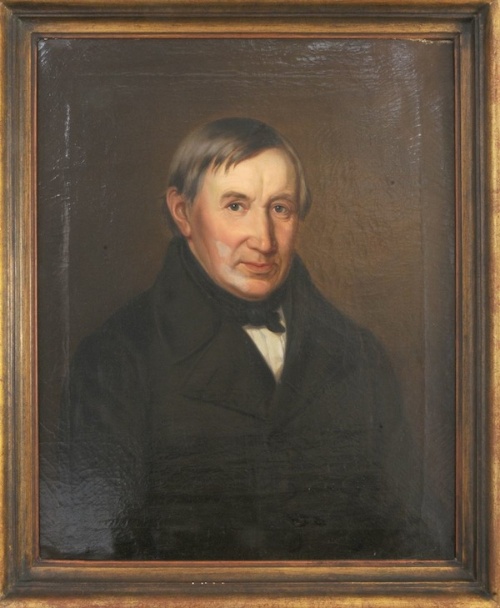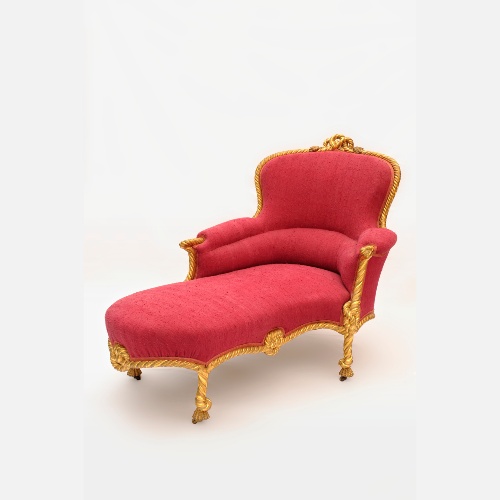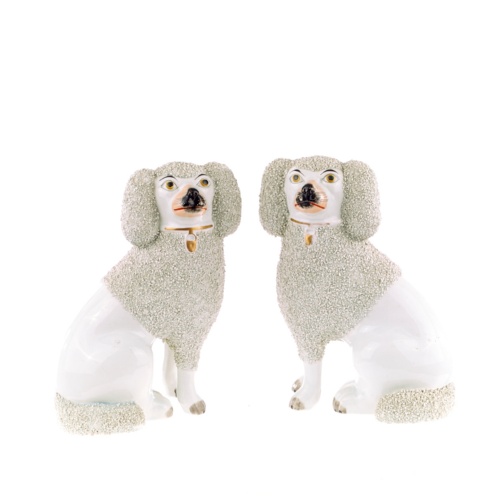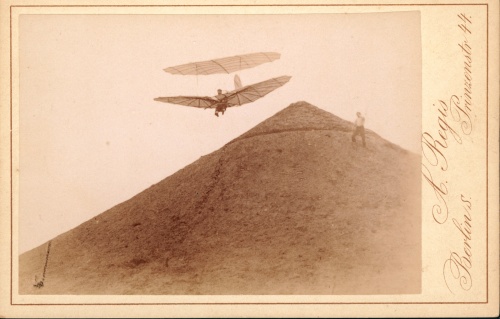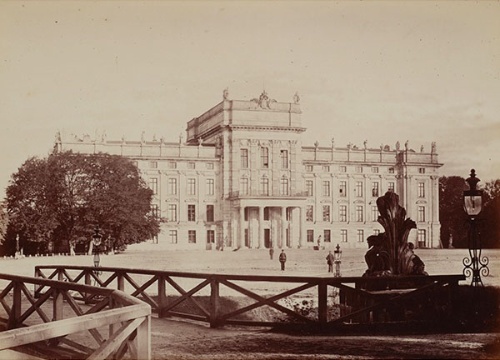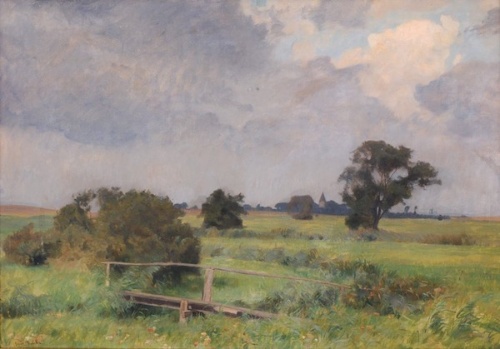Art and antiquity associations compiled museum collections in Schwerin, Güstrow, Wismar, Neubrandenburg and Rostock. In 1882 Schwerin received a museum building based on plans from Hermann Willebrand. A natural history museum was built in Waren.
Schwerin theatre remained courtly. Concerts were determined by Friedrich von Flotow. Neustrelitz also had a regional theatre. Civic theatres were built in Rostock, Wismar and Güstrow.
Choral events, Mecklenburg music festivals, balls hosted by different associations and private middle-class “social events” formed part of the leisure culture.
Architecture became more eclectic. Gotthilf Ludwig designed important buildings, including the “Ständehaus” in Rostock.
Outdoor painters founded the Schwaan artistic colony in 1880. Other painters from Mecklenburg were drawn to the colony established in Ahrenshoop.
